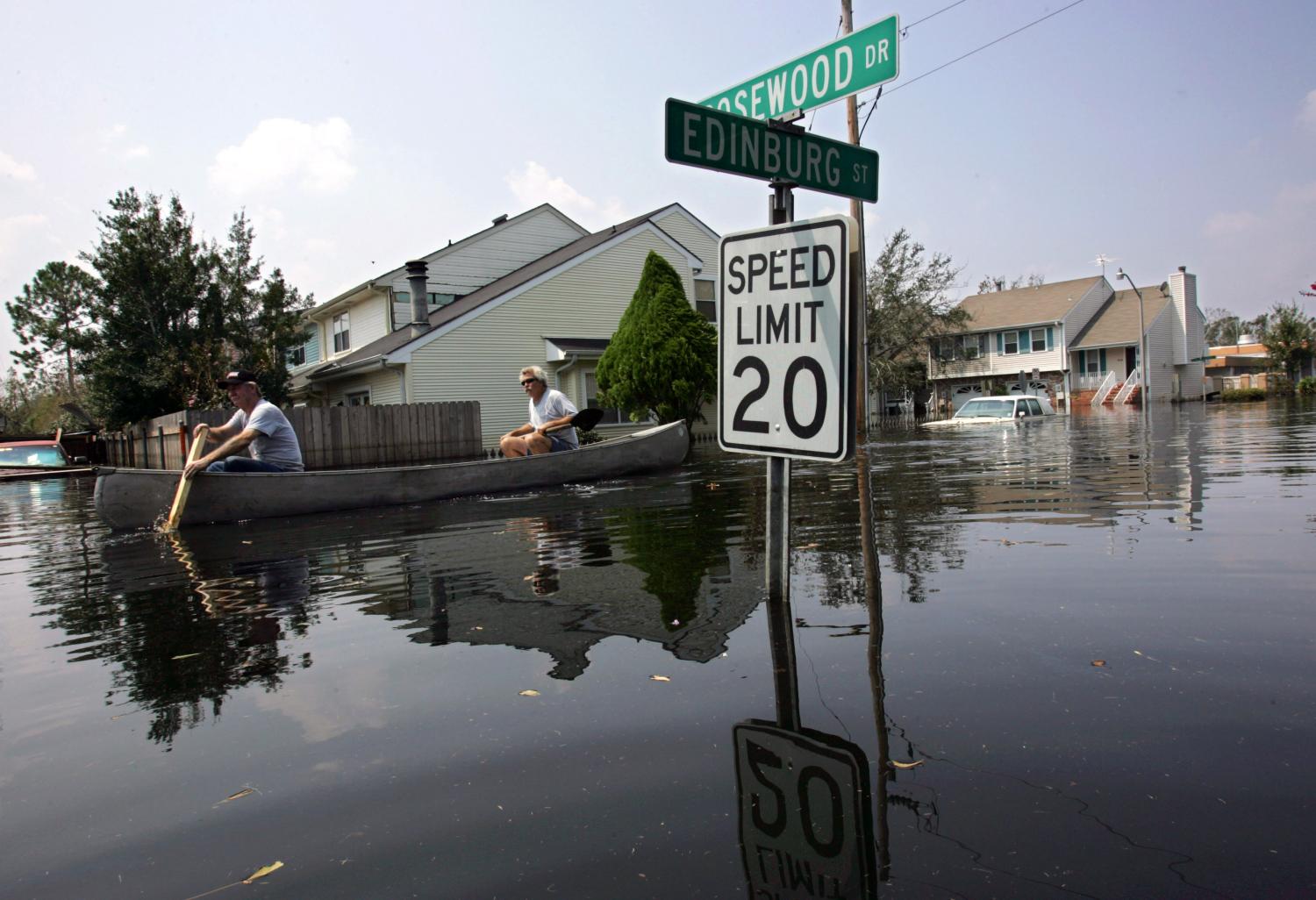People do not lose their rights when disasters strike. As climate change increases the likelihood that disasters will become both more intense and more unpredictable, it is time for the international human rights community to devote more attention to disasters and on the humanitarian community to incorporate a rights-based approach to disaster management.
In the past decade, there has been growing awareness of the relevance of international human rights law to prevention, response and recovery from disasters. In many respects, the 2004 Indian Ocean tsunami marking a turning point in the international community’s perception of disasters. Before the 2004 tsunami, disasters were primarily seen in terms of the need to mobilize rapid humanitarian aid – an area in which logistical expertise was prioritized. After the tsunami, awareness grew that human rights had to be built into all phases of disaster management – prevention or risk reduction, response and recovery.
While the Convention on the Protection of Persons with Disabilities is the only human rights treaty to explicitly reference disasters, the applicability of human rights law to disasters is receiving greater attention from both the scholarly community and intergovernmental bodies at the regional and international levels. The International Law Commission is working on Draft Articles on the Protection of persons in the event of disasters and affirms that “[p]ersons affected by disasters are entitled to respect for their human rights.” As Walter Kälin points out, UN treaty bodies are increasingly taking up issues related to disasters in carrying out their monitoring duties. The UN Human Rights Council, for the first time, devoted a special session to human rights issues arising from a natural disaster: the Haitian earthquake of 2010.
Presently, the Human Rights Council is engaged in further work on the relationship between the promotion and protection of human rights in post-disaster and post-conflict situations.
While there are many entry points to the issue of the relationship between human rights law and disasters, in this short paper, I would like to highlight four different ways that international human rights law is being used to strengthen efforts at prevention, response and recovery from disasters.
• The use of legal remedies as a way of holding governments accountable when they fail to prevent or reduce the risk of disasters
• The use of international human rights law relating to gender as a way of understanding how gender should be incorporated into all phases of disaster risk management.
• The use of primarily ‘soft’ international law as reflected in the Guiding Principles on Internal Displacement, as a way of upholding the rights of those displaced by disasters
• The development of operational guidance for humanitarian agencies as a way of translating human rights law into concrete actions on the ground.
International human rights law has much to offer those involved in disaster risk management – from governmental policy-makers to local first responders, from international agencies promoting disaster risk reduction to development organizations taking the lead in long-term preventive efforts.



